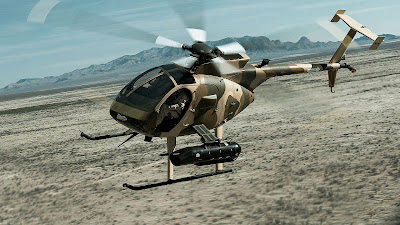Over the past decades, there has been an increase in the use of airborne weapon systems for rotorcraft on UAVs or Unmanned Aerial Vehicles. This has been especially true for UAVs, which are usually referred to as Unmanned Aerial Vehicles (UUV). Rotorcrafts have also found uses for some of these systems. However, these aircraft still need a fairly large runway for take-off and landing. For instance, in October 2021, the U.S. Air Force Research Laboratory (AFRL) announced to begin testing of their Rapid Dragon-palletized munitions with other airborne weapon systems in 2022.
Airborne weapon systems for rotorcraft, which rely on rotor blade technology, have always had a major concern about being able to store enough lift to effectively fly. Most rotorcrafts cannot store enough lift to get them to altitude and then to cruise at low levels. There are always going to be some challenges with the amount of weight that can be launched into the air from a single rotor blade. In addition, some of the methods commonly used to power these aircraft will not work if the rotor blades are loaded down with extra weight. The use of ducted fan exhaust systems is becoming increasingly popular as they are less likely to cause issues with the weight of the rotor blades.
Rotorcraft often share a common problem when attempting to launch a lightweight missile against it. The problem is the aircraft's center of gravity is shifted forward and the missile needs to use more energy to lift off. Although it is very unlikely that such a system will be deployed for offensive purposes, it might be used for defense against cruise missiles. A lightweight missile can collect enough energy to overcome a rotor blade mounted on a large aircraft.
Some airborne weapons systems may never see full deployment due to cost. Some costs include the cost of maintaining the systems and their support from orbit. The system would also have to be capable of providing sufficient fire power to overcome any enemy air defenses. The cost of collecting data on enemy defense systems and developing countermeasures is also another reason why some analysts doubt that these weapons will ever become a primary weapon.





No comments:
Post a Comment